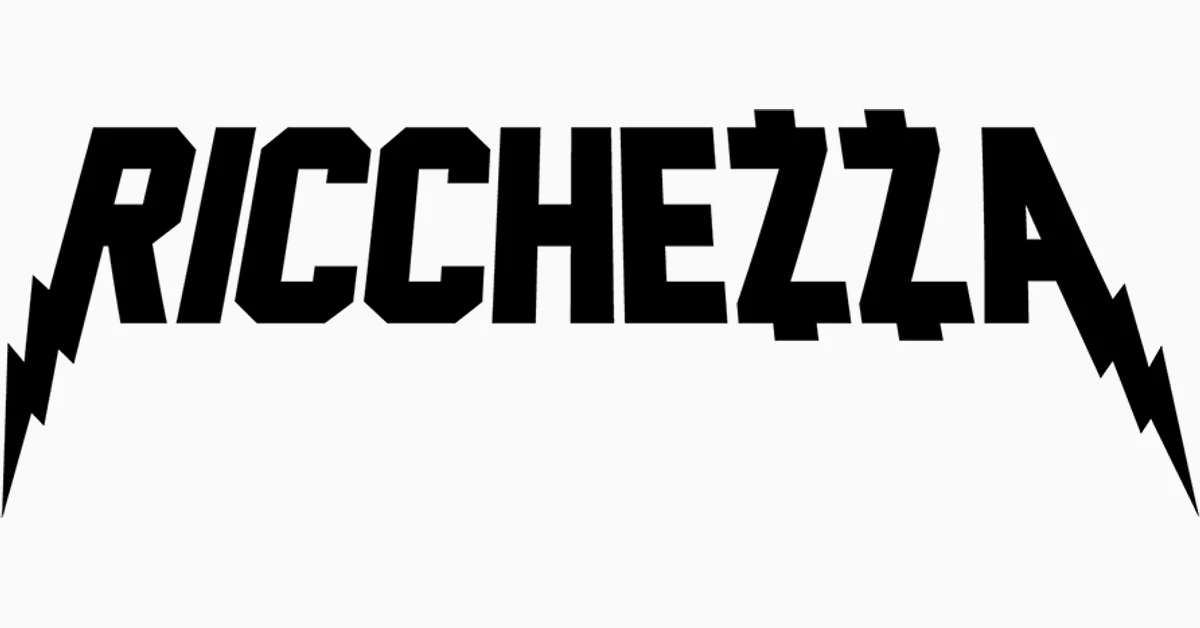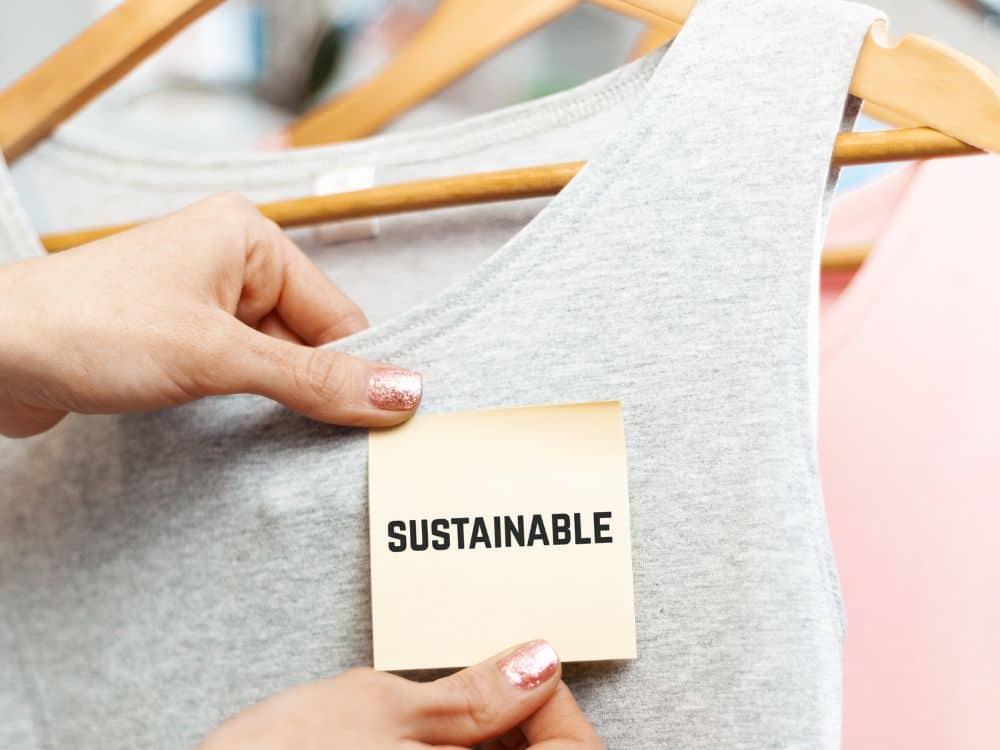Hello! I’m Taimoor Arshad, the heart and soul behind Ricchezza Official, and today I’m diving deep into a topic that’s close to my heart and crucial for our planet—eco-friendly fashion.
As someone who’s not just witnessed but actively participated in the shift towards sustainable practices, I’m here to share insights that go beyond the surface of what it means to dress responsibly. Whether you’re a long-time advocate or a newcomer to the world of sustainable fashion, this guide is crafted to enlighten and inspire your journey towards a greener wardrobe.
Demystifying Eco-Friendly Fashion
Eco-friendly fashion is often shrouded in buzzwords and complex jargon, but at its core, it’s really about simplicity and returning to the roots of craftsmanship and environmental respect. It’s not just a trend; it’s a movement towards making our planet healthier.
What It Means To Be Eco-Friendly In The Fashion Industry
Being eco-friendly in fashion means more than just choosing organic cotton or recycled materials—it’s about a holistic approach to the clothes we wear, from how they’re made to how they end up in our closets. It involves every step of the process, from design to disposal, focusing on minimizing environmental impacts.
For instance, when I first ventured into using sustainable fabrics at Ricchezza Official, I was amazed by not just the environmental benefits but also the incredible resilience and quality of these materials. It was an eye-opener about how sustainability and quality can go hand in hand.
Eco-friendly fashion is deeply tied to sustainability. It’s about reducing waste, using less water, and cutting down on pollution. These are not just goals but necessities that guide every decision I make for my brand.
For example, by integrating eco-friendly practices, we’ve managed to reduce water usage by approximately 20% per garment compared to traditional methods. It’s actions like these that contribute to a larger impact on our planet.
How Eco-Friendly Fashion Differs From Traditional Fashion
The difference between eco-friendly and traditional fashion lies in the approach. Traditional fashion often prioritizes cost and speed, leading to a fast fashion cycle that encourages mass consumption and disposability. In contrast, eco-friendly fashion emphasizes quality over quantity, durability, and ethical production processes.
One stark difference is in the supply chain transparency. I make it a point to know where every fabric comes from and ensure that everyone involved in the making of our clothes is paid fairly and works in safe conditions. This isn’t just about being ethical; it’s about creating a product that I’m proud to sell and you can feel good about wearing.
Traditional fashion often overlooks the lifecycle of a garment. However, in the eco-friendly realm, we consider the entire lifespan—from the drawing board to long after the piece has been sold. This might mean designing clothes that are timeless rather than trendy or using materials that are more durable and can be recycled.
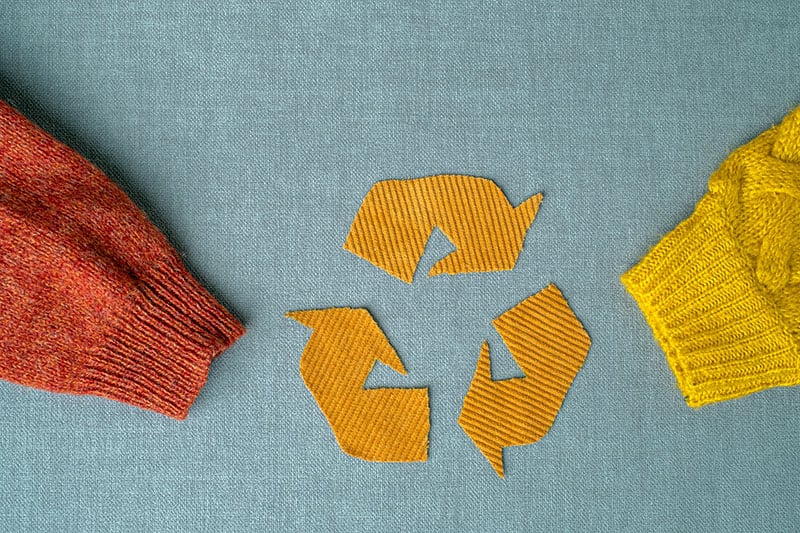
The Importance Of Eco-Friendly Fashion
The shift towards eco-friendly fashion isn’t just a personal choice; it’s a global necessity. The implications of what we wear extend far beyond our wardrobes and deeply impact the planet and its people. Here, I’ll break down why making the switch to eco-conscious fashion is crucial, not only for our environment but also for the ethical treatment of those behind our clothes.
Environmental Benefits
Eco-friendly fashion plays a pivotal role in conserving our natural resources and reducing pollution. By choosing sustainable practices, we can significantly decrease the waste and energy consumption typically associated with traditional fashion manufacturing.
For example, traditional textile production is one of the largest consumers of water globally, whereas eco-friendly practices involve using materials that require less water. Organic cotton, for instance, uses up to 91% less water than conventional cotton. It’s not just about saving water but also about reducing the chemical runoff that pollutes our rivers and oceans.
In my own experience with Ricchezza Official, switching to organic cotton was a game changer. Not only did we contribute to water conservation, but the feedback on the quality of the fabric was overwhelmingly positive—customers noticed the difference.
Another aspect is the reduction in carbon emissions. By opting for local production and using materials that require less energy-intensive processes, eco-friendly fashion brands can significantly reduce their carbon footprint.
At Ricchezza Official, we track our emissions with every shipment and continuously seek ways to minimize our environmental impact, be it through optimizing logistics or choosing lower-impact materials.
Ethical Considerations
The ethical dimension of eco-friendly fashion is just as important as the environmental one. This approach promotes fair wages, safe working conditions, and more humane treatment of workers throughout the fashion industry.
In many developing countries, garment workers are subjected to poor working conditions and unfair wages. By adopting eco-friendly practices, brands like ours commit to a higher standard of ethics, ensuring that everyone involved in the production process is treated with dignity and respect.
I personally visit our production sites regularly to ensure that our ethical standards are upheld, and I believe that this transparency builds trust with you, our customers.
Fair labor practices also mean providing a living wage, which not only improves the lives of workers but also contributes to the economic stability of their communities. This creates a ripple effect, improving access to education and healthcare, and ultimately leading to more sustainable community development.
Building A Sustainable Wardrobe
Adopting eco-friendly fashion isn’t just about making one-off purchases; it’s about fundamentally changing how we think about our clothes. It’s about building a capsule wardrobe that not only looks good but also does good—both for the environment and for the people who make our garments. Here’s how you can start building a more sustainable wardrobe that aligns with eco-friendly values.
Investing In Quality Over Quantity
One of the key principles I follow at Ricchezza Official, and that I advocate for all fashion enthusiasts, is to invest in quality over quantity. This means choosing garments like Ricchezza Hoodie, Shirts and Pants that are designed to last longer, thus reducing the need to constantly buy new clothes, which contributes to the wasteful fast fashion cycle.
Here are a few tips for choosing durable and timeless pieces:
- Look for High-Quality Materials: Natural fibers like organic cotton, linen, and wool tend to last longer than many synthetic materials and are often more sustainable.
- Consider the Craftsmanship: Garments with careful construction—double seams, reinforced hems—are likely to endure through many wears and washes.
- Choose Timeless Styles: Trendy items can be fun, but classic pieces like a well-cut blazer, a simple dress, or a good pair of jeans stand the test of time and keep your wardrobe versatile.
From my experience, customers who choose quality report higher satisfaction and a deeper appreciation for their clothing, which leads to longer retention and less waste.

Supporting Brands Like Ricchezza Official
Choosing responsible brands is crucial in promoting a sustainable fashion industry. When you support brands that are committed to eco-friendly practices, you contribute to a culture of sustainability and ethical business practices.
Here’s why supporting brands like Ricchezza Official can make a difference:
- Transparency: We ensure transparency in our production processes and sourcing to give you peace of mind about where and how your clothes are made.
- Commitment to Fair Practices: By choosing brands that prioritize fair labor practices and environmental responsibility, you are advocating for the welfare of workers and the planet.
- Fostering Innovation: Your support helps small and sustainable brands innovate and grow, which in turn pushes the larger industry toward more sustainable practices.
Every purchase decision is a vote for the kind of world you want to live in. Brands like Ricchezza Official strive not only to sell products but also to foster a community of conscious consumers who are educated about their impacts.
Exploring Sustainable Fashion
Definition And Principles
Sustainable fashion refers to clothing and accessories designed, manufactured, distributed, and used in ways that are environmentally friendly and ethically sound. The key principles of sustainable fashion include:
- Environmental Protection: Minimizing waste, pollution, and natural resource depletion through efficient and careful use of resources.
- Ethical Production Practices: Ensuring fair wages, safe working conditions, and rights for all workers in the fashion supply chain.
- High Quality and Durability: Producing garments that last longer and can be recycled, thus reducing the need to produce or buy new clothes frequently.
- Transparency and Accountability: Companies providing clear information about the sourcing and production of their items.
As a proponent of these principles at Ricchezza Official, I’ve seen firsthand the benefits they offer not only to our environment but also to our customers who value quality and ethical production.
Sustainable Fashion Vs. Fast Fashion
Sustainable fashion starkly contrasts with fast fashion in several ways:
- Production Speed and Volume: Fast fashion brands produce high volumes of clothing at high speed to keep up with the latest trends, often at the expense of quality and sustainability. In contrast, sustainable fashion focuses on timeless pieces and production that prioritizes environmental and ethical considerations.
- Material Usage: Fast fashion uses cheaper, often non-eco-friendly materials to cut costs, whereas sustainable fashion uses materials that are better for the environment.
- Lifespan of Garments: Fast fashion items are designed for short lifespans, encouraging frequent purchases. Sustainable fashion promotes durability and longer use of each garment.
Sustainable Fashion Examples
Case Study: Wholesome Culture
Wholesome Culture is a fantastic example of a brand embodying sustainable practices. They use organic and recycled materials to create their clothing, emphasizing cruelty-free processes and aiming for a smaller carbon footprint.
Their commitment extends beyond products, as they actively engage in raising awareness about environmental issues through their platforms.
Case Study: Christy Dawn
Christy Dawn practices sustainable fashion by using deadstock fabrics—materials left over from other companies who overestimated their needs. This approach not only prevents waste but also limits the need for new fabric production.
They are also known for their ‘farm-to-closet’ initiative, where they regenerate the ecosystems from which they source their raw materials, ensuring a beneficial impact on the environment.
The Myth Of Sustainable Fashion
Debunking Common Myths
Several myths cloud the understanding of sustainable fashion, such as it being too expensive, not stylish, or that small efforts don’t matter. These myths hinder progress and understanding. Sustainable fashion can be accessible and stylish, and every small effort contributes significantly to large-scale environmental and social changes. By educating ourselves and making informed choices, like supporting brands that are transparent and committed to ethical practices, we can debunk these myths and foster a sustainable fashion industry.
Making Eco-Friendly Choices: A Practical Guide
Understanding Clothing Labels
Clothing labels are your first clue about the sustainability of a garment. They tell you what the item is made from and often how it’s made. Here are a few tips to decode these labels:
- Look for Certifications: Labels like Global Organic Textile Standard (GOTS), Fair Trade, and Bluesign ensure that the products meet strict environmental and social standards.
- Material Matters: Prefer natural or recycled materials that are more sustainable, such as organic cotton, hemp, or recycled polyester.
- Care Instructions: Often overlooked, these can indicate how environmentally demanding a garment is regarding water and energy use.
By understanding these labels, you can make informed choices that align with eco-friendly practices.
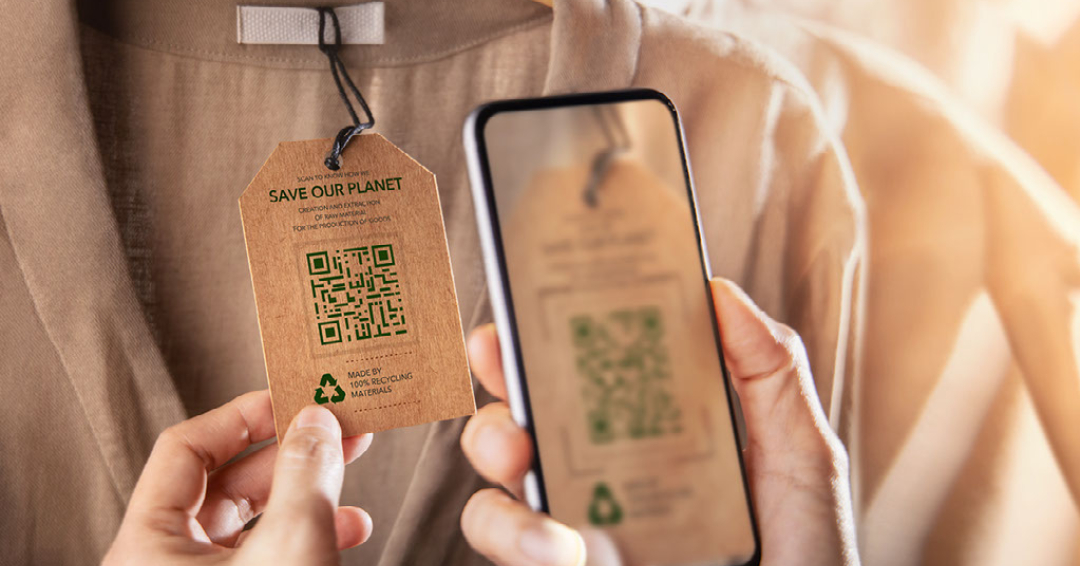
Embracing Second-Hand Fashion
Second-hand fashion isn’t just economically savvy; it’s environmentally friendly. Thrifting, attending clothing swaps, and buying vintage are all fantastic ways to reduce waste and avoid the pitfalls of fast fashion. Here’s why I advocate for second-hand fashion:
- Reduce Waste: Extend the life of clothes and keep them out of landfills.
- Unique Style: Vintage pieces are one-of-a-kind, allowing you to create a personal and distinctive style.
- Support Local: Many thrift shops are local businesses that often contribute to community charities.
Beyond The Basics: Embracing A Sustainable Lifestyle
Reducing Overall Clothing Consumption
Mindful shopping is about buying less and buying better. Here are strategies to help you maximize the lifecycle of your garments:
- Quality Over Quantity: Invest in fewer, high-quality pieces that will last longer than many low-quality items.
- Capsule Wardrobe: Focus on versatile pieces that can be mixed and matched to create multiple outfits.
- Care Properly: Taking good care of your clothes (washing cold, air drying, gentle detergents) can extend their life significantly.
Supporting Sustainable Brands
Choosing the right brands is crucial. Support those that are transparent about their manufacturing processes and committed to ethical practices:
- Research: Spend time learning about a brand’s supply chain and labor practices.
- Transparency: Look for brands that provide detailed information about their production processes.
- Community Engagement: Support brands that actively work towards community upliftment and environmental conservation.
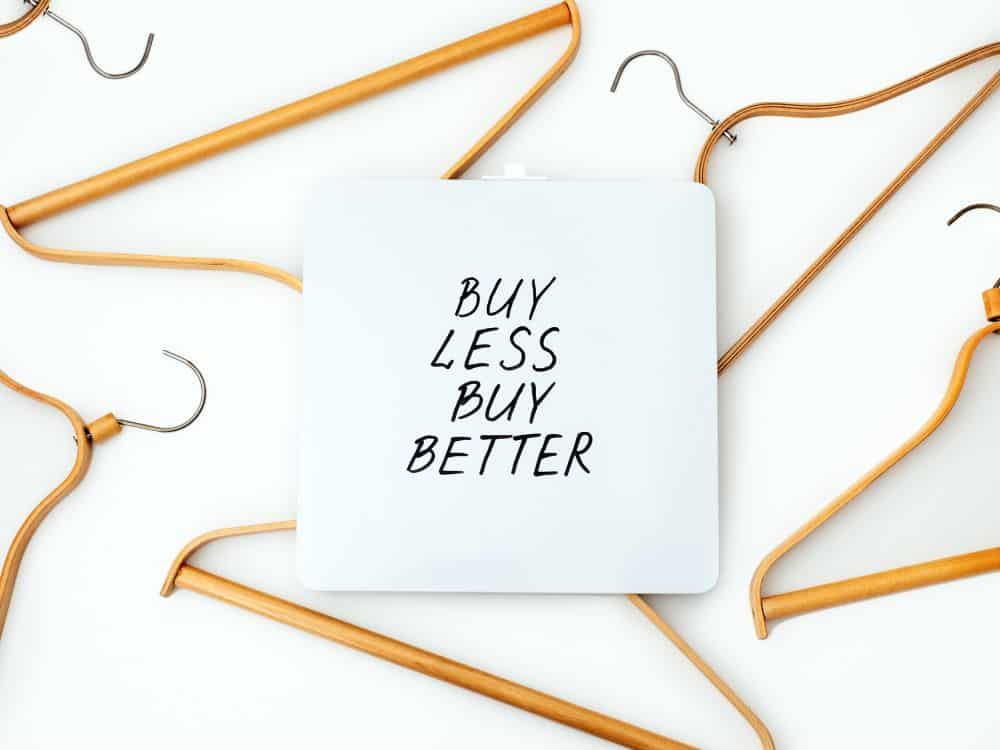
Advocacy And Educational Efforts
Educating And Influencing Others
As an advocate for eco-friendly fashion, I believe in the power of education to foster change. Here’s how you can help:
- Share Knowledge: Use social media, blogs, and conversations to educate others about sustainable fashion.
- Host Events: Organize workshops or talks to discuss the benefits of eco-friendly fashion and how to get involved.
Holding Brands Accountable
Consumer pressure can drive change in the fashion industry:
- Campaigns: Participate in or start campaigns demanding greater transparency and sustainability from brands.
- Feedback: Provide direct feedback to brands about your desire for more sustainable practices.
Upskill Your Knowledge Of Sustainability With Ricchezza Official
Sustainability Leadership: Innovation For Growth
At Ricchezza Official, we offer courses that empower you to lead in sustainability:
- Comprehensive Learning: Our courses cover everything from sustainable materials to ethical labor practices.
- Practical Applications: Learn strategies that you can apply directly to your business or personal choices.
The Importance Of A Sustainable Supply Chain In Green Business
A sustainable supply chain is vital for reducing environmental impact and improving profitability:
- Efficiency and Ethics: Learn about integrating eco-friendly practices that save money and support ethical operations.
- Supplier Selection: We teach how to choose suppliers that align with your sustainability goals.
Concluding Thoughts On Eco-Friendly And Sustainable Fashion
Embracing eco-friendly and sustainable fashion is about making choices that reflect our values and aspirations for the future. Throughout this article, I’ve shared insights and practical tips that I hope will inspire you to think differently about your wardrobe.
For further exploration, I recommend visiting educational websites, reading books on sustainable fashion, and watching documentaries that delve deeper into these topics.
At Ricchezza Official, our commitment to sustainability is at the core of everything we do, and we invite you to join us on this journey to a more ethical and informative blogs.
